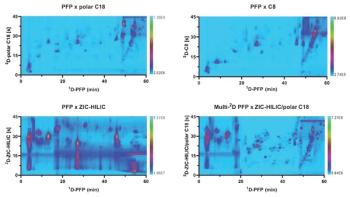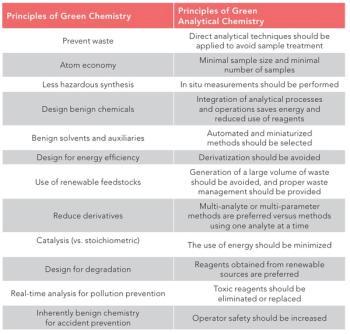
LCGC Europe eNews
- LCGC Europe eNews-11-21-2008
- Volume 0
- Issue 0
Top of the class for protein separation and purification products
The votes of almost 4500 scientists worldwide have secured GE Healthcare, a unit of General Electric Company, the Life Science Industry Award 2008 in the "protein purification and separation products" category...
The votes of almost 4500 scientists worldwide have secured GE Healthcare, a unit of General Electric Company, the Life Science Industry Award 2008 in the "protein purification and separation products" category.
"GE Healthcare's protein purification and separation products are successful sellers because they are scalable," said Nigel Darby, GE Healthcare's general manager of Biotechnology. "Customers voted based on their satisfaction with product features such as cost-effectiveness and best overall solution; we believe that the end-to-end protein purification and separation options provided by GE Healthcare epitomize such solutions."
The company offers a comprehensive portfolio of protein purification and separation products that support the entire protein science workflow from sample preparation over purification to the detection and analysis of proteins, which are designed to improve protein research techniques and results. The separation products are also used in R&D laboratories, through process development all the way up to full-scale protein manufacture.
For more information visit the company's website at
Articles in this issue
about 17 years ago
Melamine and cyanuric acid detection methodNewsletter
Join the global community of analytical scientists who trust LCGC for insights on the latest techniques, trends, and expert solutions in chromatography.




